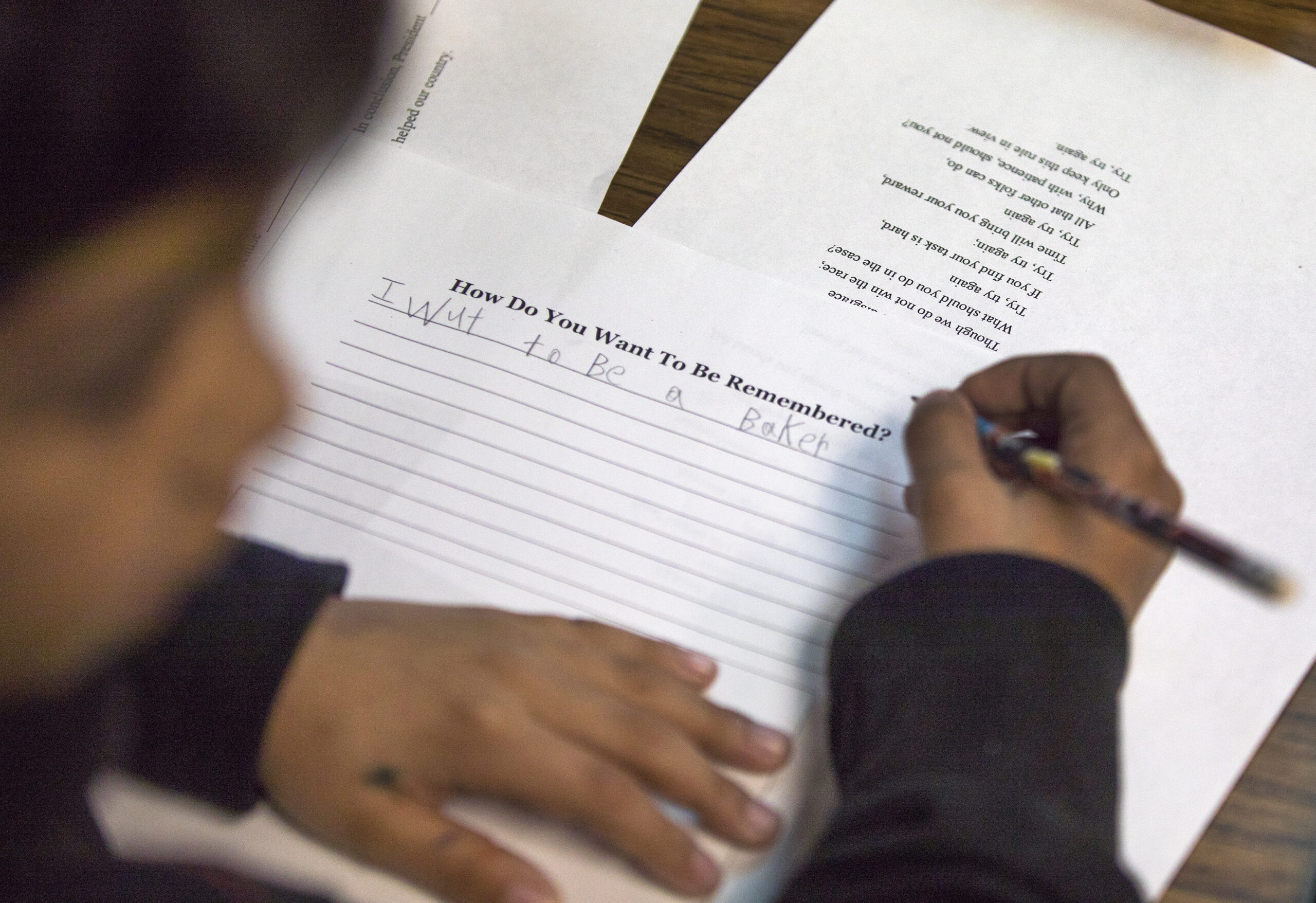How many tests are too many? The state wants to find out.

When the pandemic sent students into remote-learning mode last year, the federal government waived standardized testing that normally occurs in the spring.
The decision thrilled some students, parents and educators who bemoan what they perceive as too much testing and not enough instruction time in the school environment. But is that actually the case?
That’s what the Nevada Department of Education has been charged with finding out courtesy of recently passed legislation awaiting the governor’s signature. Consider SB353 an assessment of assessments.
The legislation directs the department to review the tests students are taking for their educational benefits, their costs and any redundancies in the information, skills or abilities measured. The second half of the bill requires action by the department to adopt regulations that set limits on the time taken from instruction to conduct an assessment as well as the number of assessments administered each school year. If a school district or charter school wanted to administer a test beyond those limits, it would need a waiver approved by the State Board of Education.
“I think that this will ... go a long way to helping to assuage some of the concerns because we'll have more concrete data about what is happening,” said Jonathan Moore, the state’s deputy superintendent of student achievement. “And then we'll be in a position to support educators and school districts.”
The legislation builds upon a bill passed in the 2017 session — SB303 — that called for an audit of assessments used to monitor student progress. But Moore said the audit only looked at state-mandated assessments, which didn’t yield a full picture of testing happening at the school district level, too.
It has been difficult to say how many assessments students take because it can differ by school or even by child. For instance, schools may be administering MAP Growth tests every few months to measure students’ progress in reading and math. But all public school students in grades three through eight take the Smarter Balanced Assessment, commonly referred to as SBAC tests, in the spring. Students learning English as a second language must take another test known as the WIDA assessment to monitor their mastery of the language. And that’s just a sampling of the tests that exist.
Moore said the department will hire a consultant to conduct the review, which will be done through the lens of the balanced assessment system. In other words, it will take into account the types of assessments given, the frequency of assessments and the data yielded from them and how the information helps inform instruction in the classroom.
The bill carries an appropriation of $65,364 in the first fiscal year of the biennium and $187,500 in the second year — which would fund the consultant’s work as well as costs associated with adopting regulations.
The Nevada State Education Association submitted written testimony late last month that criticized the prior attempt, saying the final report that stemmed from SB303 “was written with a predetermined result in mind that is out of line with the realities in our classrooms.”
NSEA concluded its support for SB353 by alluding to it as a second chance: “We hope the current Department takes this task more seriously this time, so we can spend less time testing and more time teaching and learning.”
Rebecca Garcia, president of the Nevada PTA, lauded the forthcoming review as a step in the right direction.
“Obviously, looking at assessments isn’t going to address the plethora of issues with standardized assessments in America,” she said. “But I think it can give some good information to better understand what is of most value here in Nevada.”
While Garcia acknowledges the merits of standardized testing — to gauge students’ needs and provide appropriate instruction — she said her organization receives frequent complaints from parents and teachers concerned about the volume. It’s not uncommon for schools to throw pep rallies or offer rewards as an incentive for students to do well, especially when tests correlate to a school’s rating or teacher evaluations.
The situation, she said, can exacerbate testing anxiety among students.
“If you have kids who struggle with testing, which I do, you suddenly see how difficult that is when the message they’re getting from their school is, ‘You must do well. You must do well,’” she said.
After a hiatus last year, springtime testing returned this year. The U.S. Education Department announced in February that states must administer standardized tests required by federal law, though given the ongoing pandemic, there was some flexibility about how to give those tests. The decision irked hundreds of education researchers who asked newly minted Education Secretary Miguel Cardona to change course, but the administration stood firm, pointing to the need for data about student learning during the pandemic.
Moore said he expects the work tied to SB353 to be completed by the end of the upcoming biennium. He hopes it clears up confusion about testing and leads to efficiencies where possible, eliminating any arbitrary assessments.
“And so if we look at what our summative assessments measure at the end of the year, are the assessments we’re giving truly putting us in a position where we can inform teaching and learning on a daily basis, on an interim basis?” he said.
